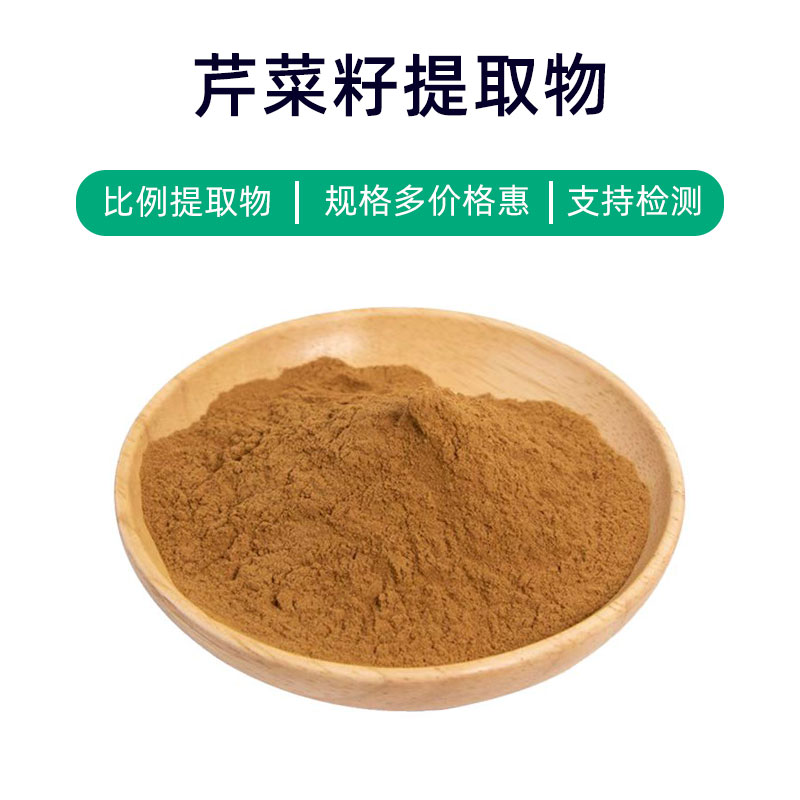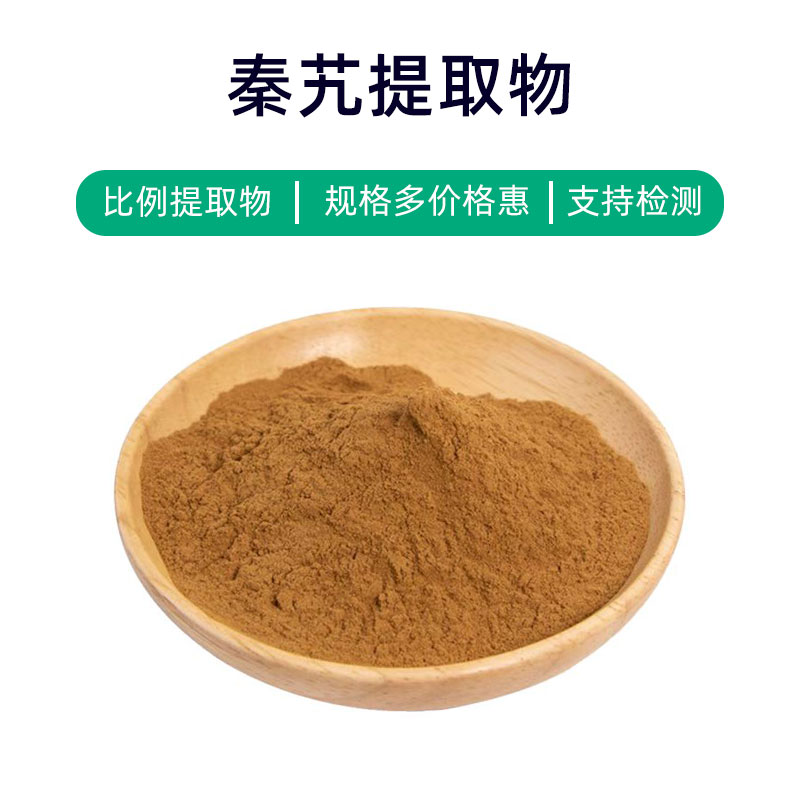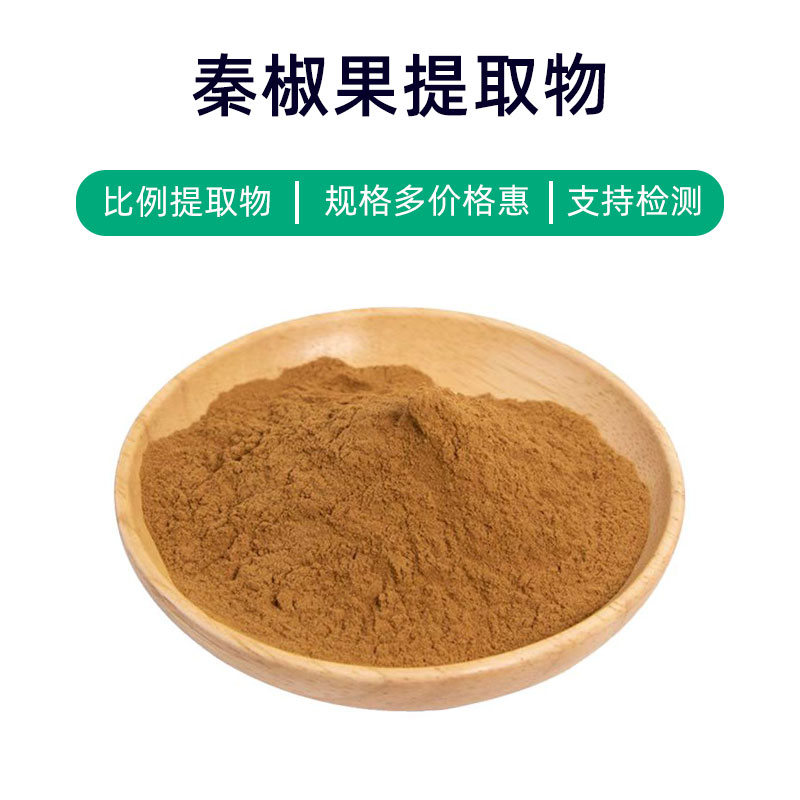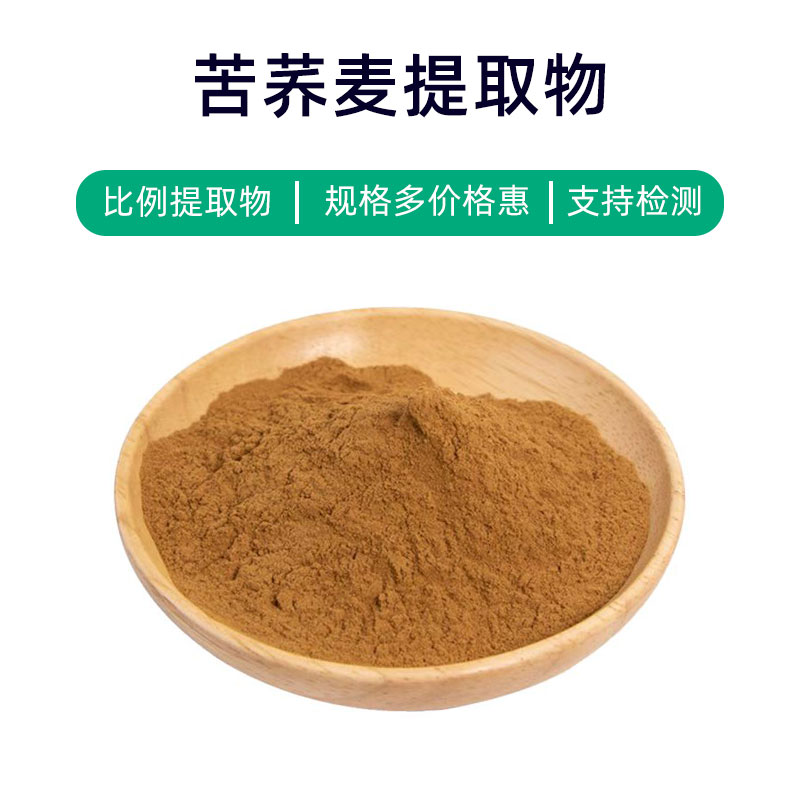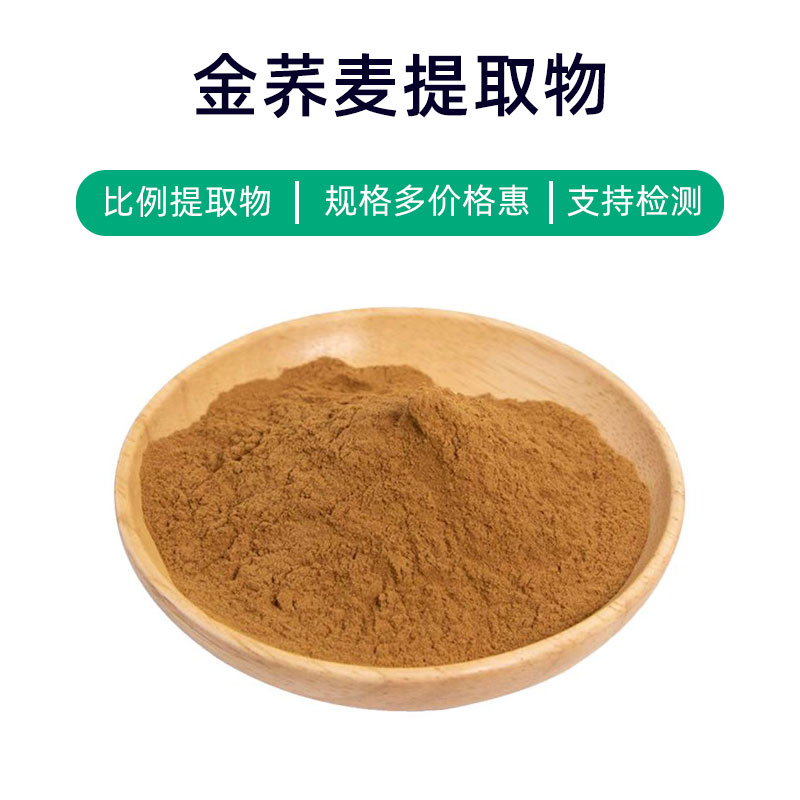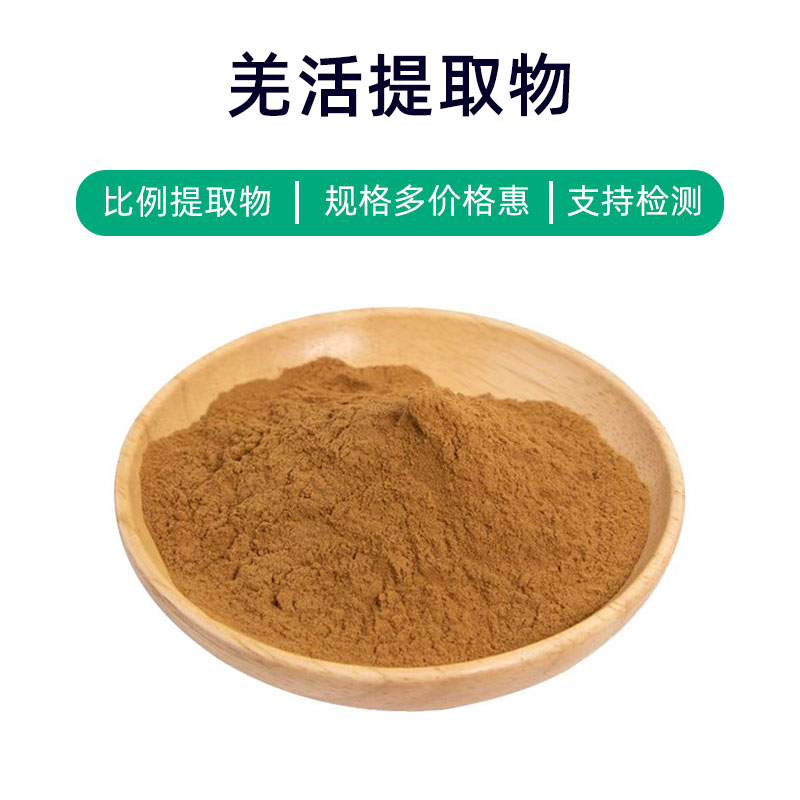Carbendazim Extract Product Introduction
Carbendazim Extract is derived from the Carbendazim plant, with its main component being carbendazim ester compounds. This extract has excellent antiviral and antifungal properties and is widely used in agriculture for plant protection and disease management.
Its efficacy is primarily evident in the following areas:
- Antiviral Action: Carbendazim Extract effectively inhibits the spread and infection of various plant viruses, safeguarding crops from viral damage.
- Antifungal Action: The extract exhibits fungicidal and bacteriostatic effects against numerous fungi, effectively preventing and controlling fungal diseases in plants, such as powdery mildew and downy mildew.
- Growth Promotion: When used appropriately, Carbendazim Extract can enhance crop growth, increase plants' resistance to stress, and improve yield and quality.
In agricultural production, Carbendazim Extract is commonly used for disease control in fruit trees, vegetables, and cereal crops like apples, tomatoes, and wheat, effectively preventing and managing disease occurrences while enhancing agricultural yield and quality. Given its low toxicity and high efficacy, it has gained widespread utilization in agriculture.
It is important to follow proper dosage and application methods when using Carbendazim Extract to avoid potential plant toxicity or residue issues from excessive use.
Carbendazim Extract Production Process
The production process of Carbendazim Extract typically involves several main steps:
- Raw Material Preparation: Fresh Carbendazim plants are selected as raw materials. The materials are cleaned to remove soil and impurities.
- Crushing: The cleaned plants are crushed to facilitate the extraction of target components, typically using a crusher or grinder.
- Solvent Extraction: Appropriate solvents (such as ethanol or acetone) are used to extract from the crushed Carbendazim plants, often utilizing soaking or repeated extraction methods to ensure thorough contact between plant material and solvent.
- Filtration: The extracted mixture is filtered or centrifuged to separate the extract from the solvent.
- Concentration: The extract is concentrated using techniques like evaporation or vacuum concentration to remove the solvent and increase the concentration of target components.
- Crystallization: Depending on the properties of the extract, crystallization or precipitation methods can be used to further purify and separate the target components.
- Drying: The extracted product undergoes drying to eliminate residual solvent, resulting in dry Carbendazim Extract.
- Packaging and Storage: The dry extract is packaged and stored in a dry, cool, and ventilated environment to maintain stability and quality.
This outlines the general production process for Carbendazim Extract, which can be adjusted and optimized according to product requirements and production conditions.
Carbendazim Extract Effects and Side Effects
As a natural plant extract, Carbendazim Extract has various effects and functions, mainly including:
- Antioxidant Action: Rich in natural antioxidants, such as polyphenols and flavonoids, it effectively scavenges free radicals in the body, delaying cellular aging and protecting cells from oxidative damage, thus helping maintain a healthy physiological state.
- Anti-inflammatory Action: The active components in Carbendazim Extract have anti-inflammatory properties, alleviating inflammatory responses and discomfort, serving as an adjunct treatment for inflammatory diseases like arthritis and dermatitis.
- Blood Sugar Reduction: Research indicates that some compounds in Carbendazim Extract can lower blood sugar levels, helping regulate glucose levels, beneficial for individuals with diabetes in managing blood sugar.
- Digestive Improvement: The extract contains dietary fibers and natural enzymes that promote intestinal movement, improving digestive function and alleviating issues like indigestion and constipation.
- Immune Enhancement: Its active components have immunomodulatory effects, bolstering the body's immunity, increasing resistance, and reducing the incidence of infections and diseases.
- Cardiovascular Health: Some components in Carbendazim Extract can benefit the cardiovascular system, lowering blood lipids and regulating blood pressure, thus preventing cardiovascular diseases.
- Skin Health and Beauty: Its antioxidant and anti-inflammatory properties help improve skin texture, reduce wrinkles and pigmentation, and delay skin aging, aiding in maintaining healthy and youthful skin.
Despite its various benefits, it’s crucial to consider individual differences and adhere to the principle of moderation to avoid adverse reactions from excessive use. Pregnant or nursing women and those with specific chronic conditions should consult healthcare providers before using it.
Carbendazim Extract Applications, Dosage, and Usage
Carbendazim Extract finds extensive applications in medicine, food, and cosmetics, with dosage and usage varying by specific application scenarios. Below are key applications and details:
- Medical Applications:
- Application Scene: Widely used in the production of health supplements and pharmaceuticals.
- Dosage: Commonly formatted into oral supplements or medications with dosages ranging from several hundred milligrams to several grams daily, specific amounts should adhere to product instructions or medical advice.
- Food Applications:
- Application Scene: Used as a food additive in various nutritional and functional foods.
- Dosage: Typically added to food as a powder, with amounts depending on the food type and product formulation; it is recommended to refer to the food ingredient list and standards for food additives.
- Cosmetic Applications:
- Application Scene: Frequently used in skincare products, offering moisturization, antioxidant, and anti-aging effects.
- Dosage: Incorporated as an ingredient in various skincare products such as creams, serums, and masks, quantities are usually dictated by specific product formulas.
- Other Applications:
- Carbendazim Extract may also be utilized in the manufacturing of other products, including health goods, functional beverages, and nutritional supplements, with usage and dosage determined by the specific product type and formula.
Overall, the use of Carbendazim Extract across various fields must comply with relevant regulations and standards to ensure product safety and effectiveness. It is advisable to use according to product instructions or medical recommendations, avoiding excessive or improper use.
Carbendazim Source Plant Overview, Distribution, and Growth Environment
The source plant for Carbendazim Extract is the Carbendazim plant (scientific name: Carbinda), belonging to the Rubiaceae family and is a perennial herbaceous plant. Below is an overview of the plant’s distribution, growth environment, and associated characteristics.
- Distribution:
The Carbendazim plant is primarily found in South America, Central America, and the Caribbean, particularly in countries such as Brazil, Colombia, Peru, and Venezuela. It is widely cultivated and grows wild in these regions, being a common plant in the local flora. - Growth Environment:
The Carbendazim plant typically thrives in low-elevation tropical and subtropical areas. Its requirements include:
- Moist Climate: Preferring warm and humid climates, suitable for tropical rainforests and wetlands.
- Nutritious Soil: Grows best in soil rich in organic matter, like deep peat soils, riverbank wetlands, and marshlands.
- Adequate Sunlight and Water: Requires ample sunlight and water, but can also tolerate semi-shaded conditions to some extent.
- Plant Characteristics:
- Morphology: A perennial herbaceous plant, featuring upright stems and long leaves arranged oppositely.
- Flowers: Usually small white or pale yellow flowers clustered in an umbel, with a long blooming period.
- Fruit: The mature fruit is spherical or oval-shaped berries that can be red or black, containing multiple seeds.
To summarize, the Carbendazim plant is adapted to the humid environments of tropics and subtropics, with a wide distribution and specific growth requirements. Under optimal conditions, it can thrive vigorously and produce abundant fruits, providing nutritional and medicinal value to humans.
Processing and Storage of Carbendazim Extract
The processing of Carbendazim Extract generally includes the following steps: First, the harvested Carbendazim plants are cleaned and processed to remove impurities and dried; then, the plants are crushed or ground to facilitate the extraction of active components; appropriate extraction methods, such as water extraction, alcohol extraction, or supercritical fluid extraction, are employed to isolate the target components; finally, through concentration, drying, and other processing steps, a refined Carbendazim Extract product is obtained.
For storage, Carbendazim Extract should be kept in a dry, cool, and ventilated location, away from direct sunlight and high temperatures, to avoid dampness and moisture. Additionally, the extract should be sealed to prevent moisture or oxidation, ensuring its stability and the efficacy of its active components. Proper storage methods can extend the shelf life of Carbendazim Extract while maintaining its medicinal value and quality.
Monica Sun is a seasoned expert in the plant extraction industry with over a decade of experience in research and production. She specializes in the extraction and purification of plant active ingredients, focusing on driving innovation in natural product applications. Monica has participated in the development of multiple functional plant extracts, delivering high-value natural raw material solutions for the health food, pharmaceutical, and dietary supplement sectors.









